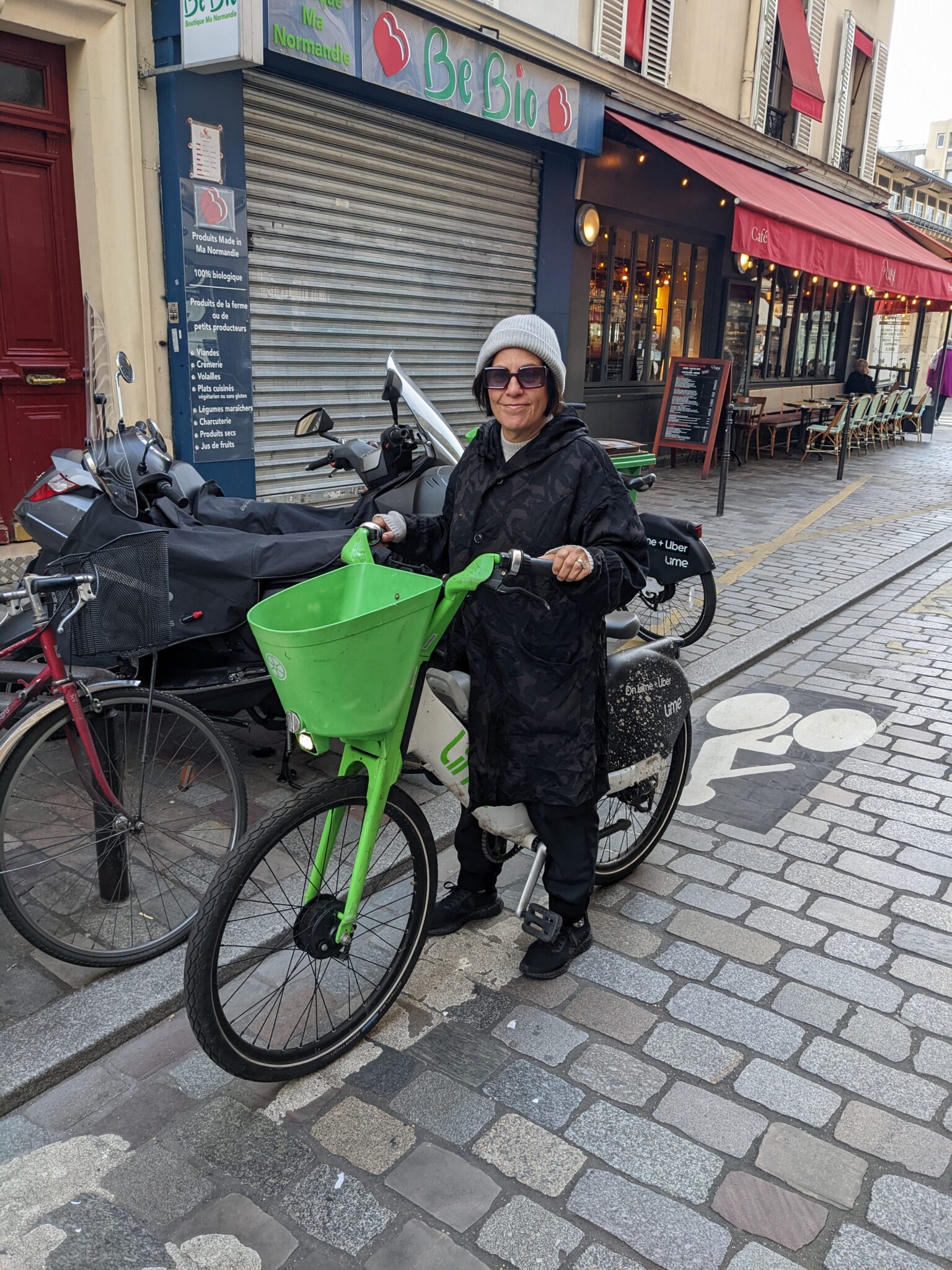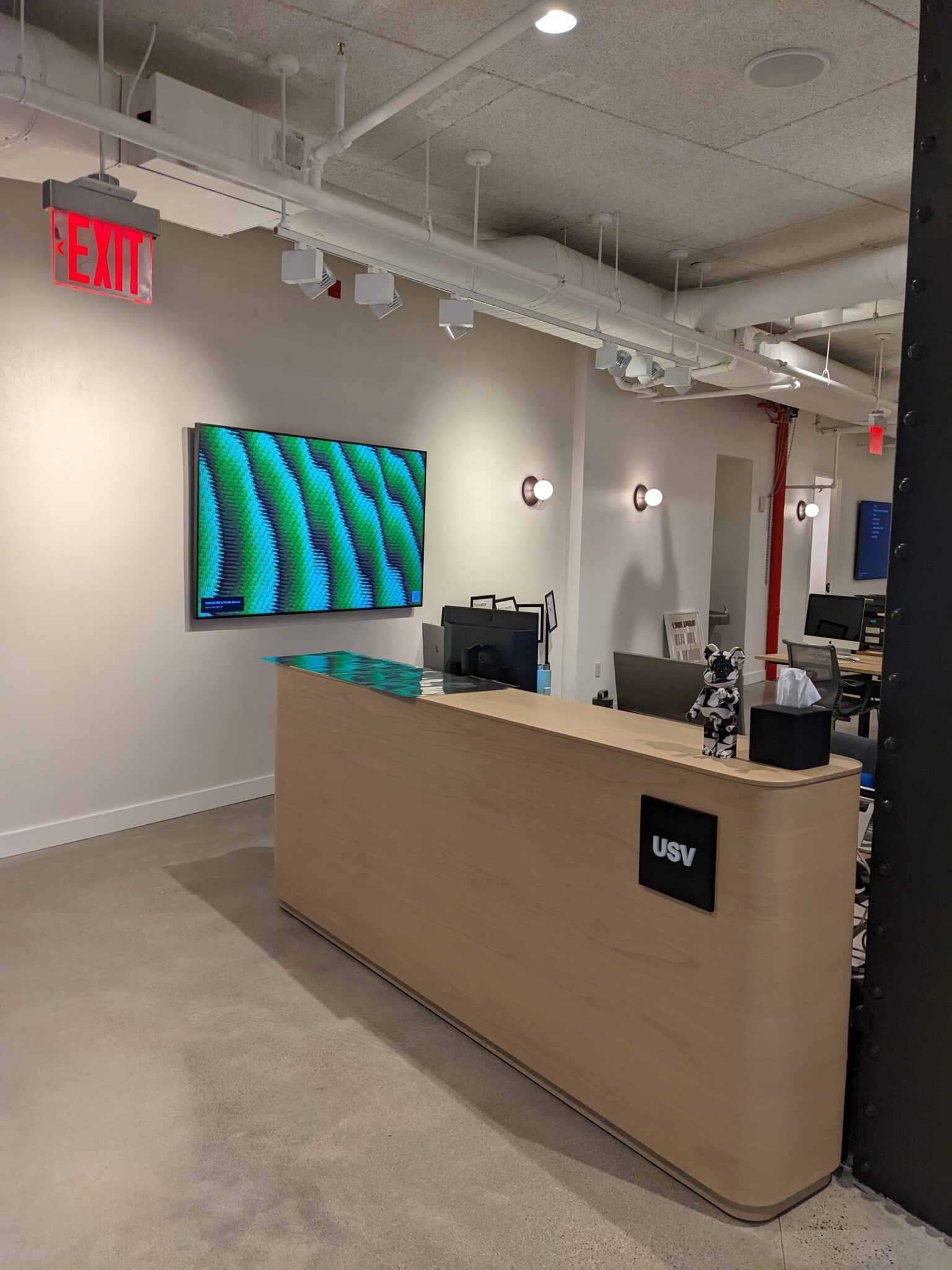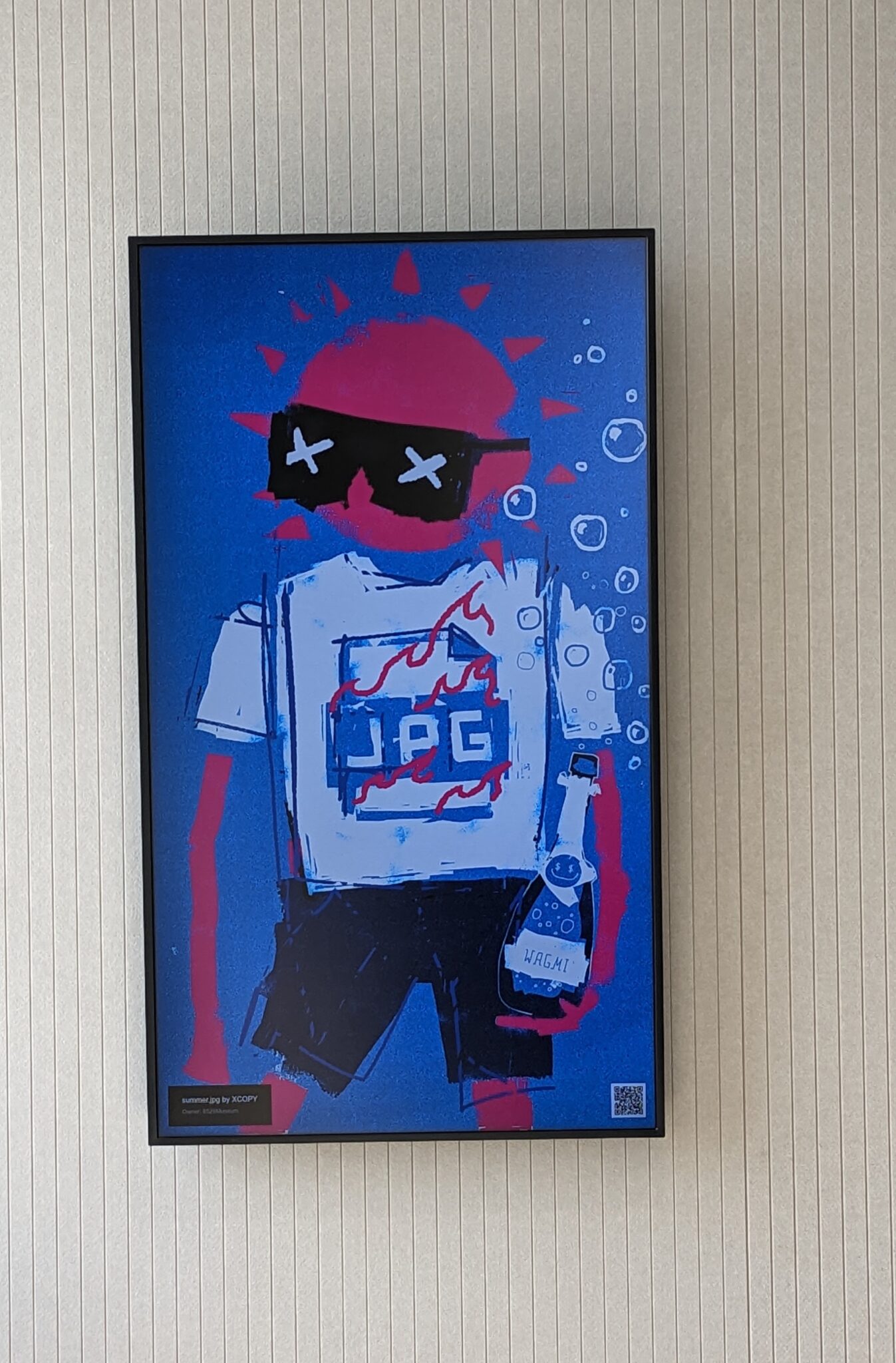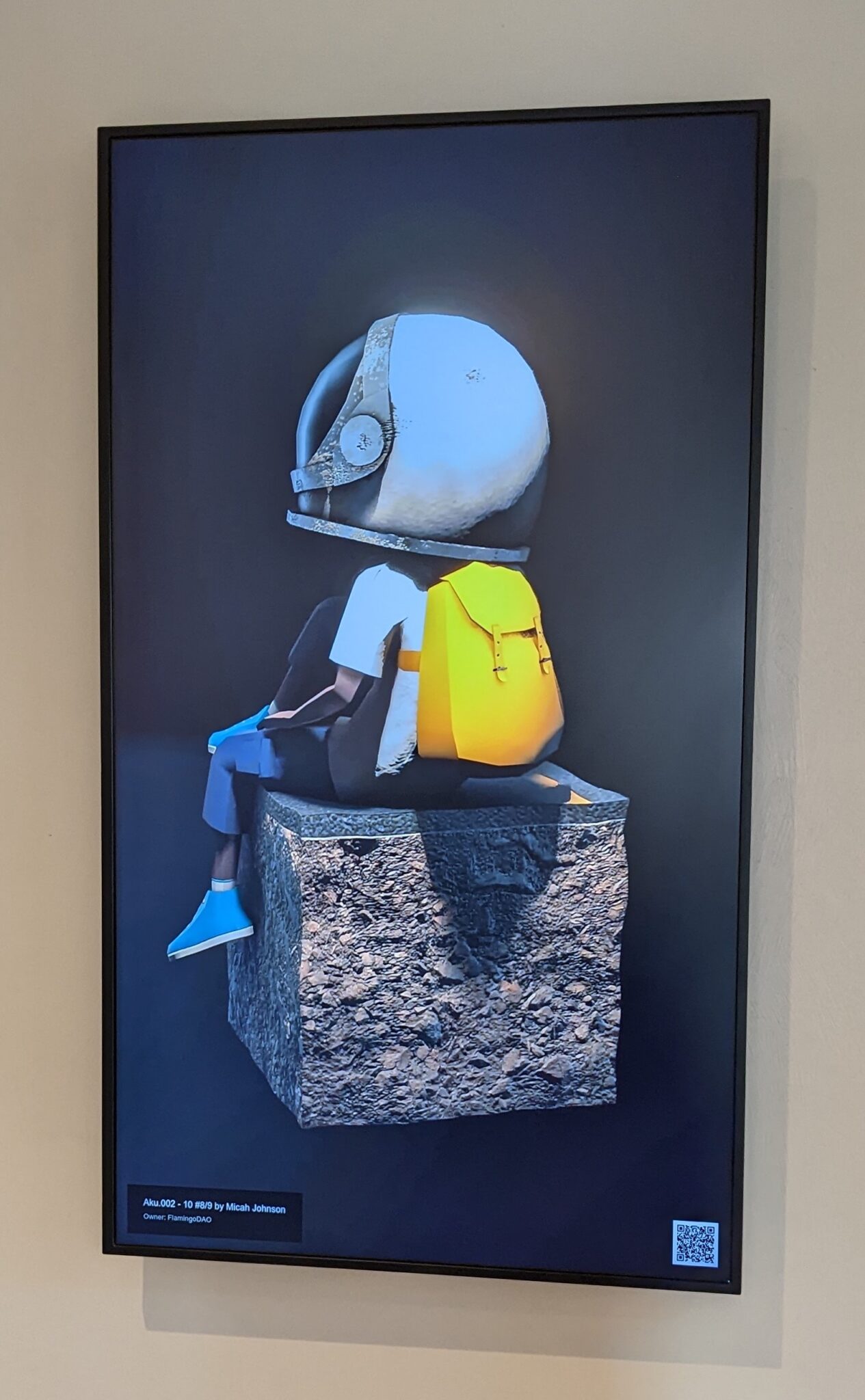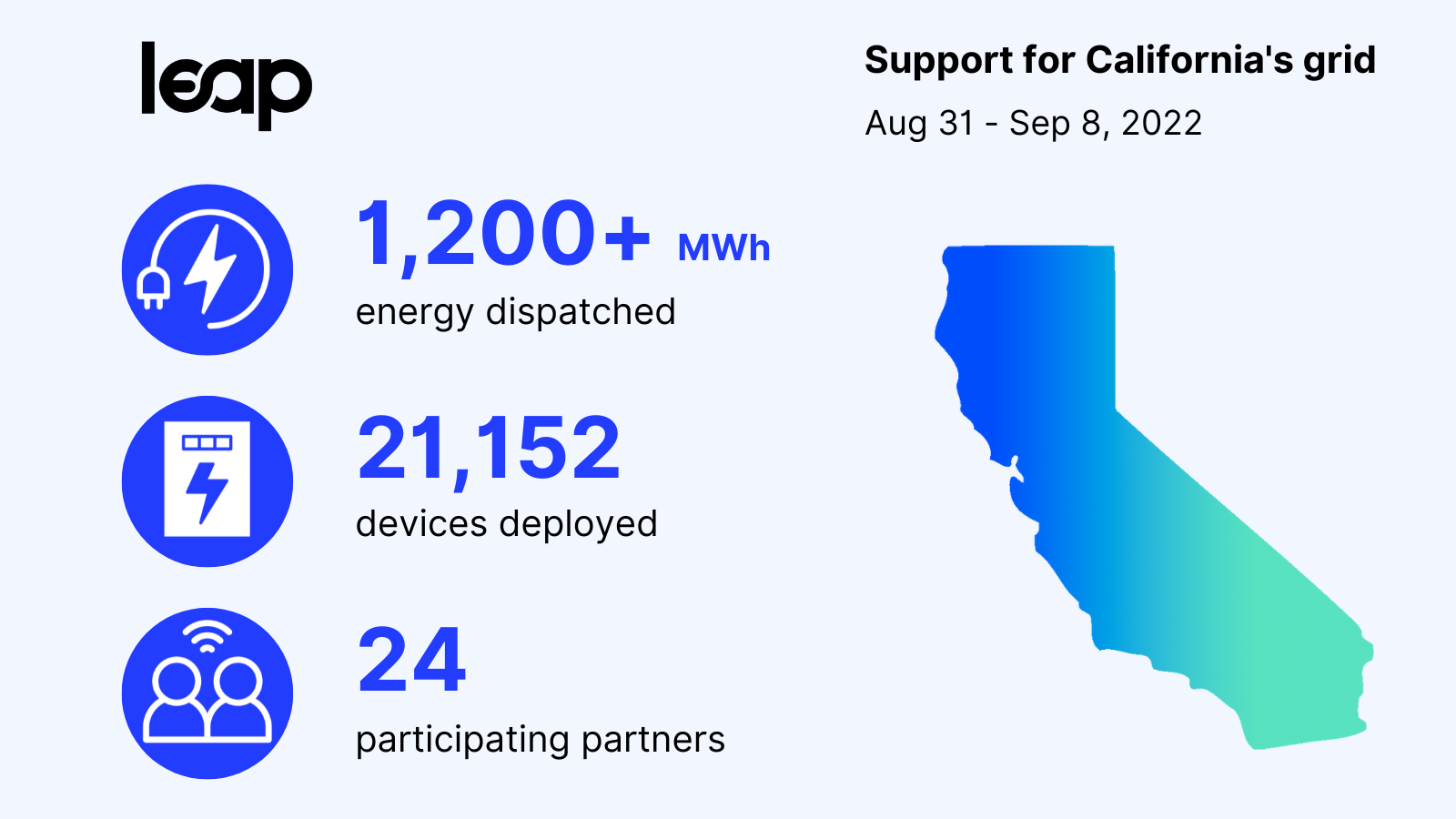This post was co-written by Katie Haun and Fred Wilson
The events surrounding FTX have shaken the confidence of many. How did one of the largest crypto exchanges collapse so quickly? Why do meltdowns like this seem to keep happening?
At times like this, it helps to have a long-term view of web3 as a sector, not just a forward-looking long-term view, but also some perspective on where we have come from.
As longtime investors in web3 and board members (also individual shareholders) of Coinbase, one of the oldest and best-known companies in the space, we thought we might share some thoughts.
Web3 is a software-driven innovation that has a built-in financial system. This has been both a strength and a weakness. On the one hand, tokens enable developers and users to contribute to open-source protocols and participate in the economic upside of doing so, leading to strong developer communities. That’s been a positive relative to how software has been developed, monetized, and governed in the past. On the other hand, tokens lend themselves to boom/bust cycles and a sense by many that web3 is simply a speculative endeavor with no real substance behind it.
This perception is only reinforced by the companies and individuals who started web3 companies and projects with the exclusive intent of making a lot of money very quickly through leveraged trading and speculation, pumping and dumping, and, sometimes, outright fraud.
Most of the well-known meltdowns in web3, going all the way back to Mt Gox and including recent failures like 3AC, Celsius, and Alameda/FTX, have happened to centralized companies operating trading, lending, and speculating businesses. Many of the failures have been offshore and all of them were largely unregulated. These companies and their activities have given web3 a bad name. We have also seen high-profile decentralized projects, like Terra, fail due to flawed design but those failures happen out in the open in a transparent way that is much healthier than the way centralized companies fail.
Contrast that with regulated web3 businesses like Coinbase, Kraken, and Anchorage that operate in the US and you will see that the companies that have followed the rules and behaved properly have weathered these storms. Coinbase’s early innovation was creating a secure, easy-to-use, regulated bridge from fiat currencies to crypto and a safe place to store crypto assets. Coinbase provides a number of important services that have allowed the web3 ecosystem to grow and thrive.
The most important software innovation of the last decade, which started with the Bitcoin white paper fourteen years ago, is the emergence of open-source software and decentralized protocols that are the foundation of web3. These protocols have survived recent market volatility. It is the promise of software that is not controlled by a company, but instead by an open-source community with built-in safeguards and increased transparency relative to today’s tech and financial systems, that gives us so much confidence in the future of web3.
These web3 protocols are in active development for mainstream adoption and some key features are still missing. For example, blockchains as they were originally architected are public by default. This is not suitable for most applications. Imagine if your email, banking, and social data were public for everyone to see on a blockchain. Also, blockchains are slow and complex networks. Improvements to performance, scalability, and privacy are happening at the infrastructure level of the web3 technology stack. Emergent technologies like zero-knowledge proofs and rollups are starting to address these issues without compromising decentralization. These breakthroughs are still in the early stages of deployment among a small subset of developers. This is the kind of important work that happens behind the scenes without any coverage. But it is these developments that are preparing web3 for the mainstream.
Eventually, as the web3 infrastructure improves, the user experience gap between self-custody and storing assets on centralized entities will shrink. More users will feel comfortable self custodying their assets in software they control and managing the keys that provide access to their assets themselves. This is how many web3 users interact with decentralized applications, like NFT marketplaces, today.
When web3 becomes a credible alternative to web2 for the masses, large centralized companies like Facebook, Apple, Amazon, and Google will have to compete for access to our data thus redefining how we use the web. Software development will be more open-source and composable. And large financial institutions like banks and brokerage firms (which includes the FTXs of the world) will no longer control our assets and lend them out without our permission.
Ironically, web3 is about giving control of data and assets back to the people and taking it away from large centralized companies. But the transition from web2 to web3 has been slow and messy and many of the early web3 companies have been copycat versions of what came before them. That is where the risk has been in the web3 ecosystem and what we need to move away from.
The lesson of these recent events for policymakers should not be that web3 is bad and must be constrained. It should be that pushing innovation offshore is bad. We need trusted and well-regulated centralized entities to survive and thrive and we also need decentralized web3 protocols to flourish and provide a path to a fully decentralized web. Both are possible and the good news is we are already on a path toward both. We need to stay that course, provide for a healthy web3 sector in the US, and stop pushing US users to risky/shady offshore entities with unclear, uneven, and unfair policy actions.
This is another hard moment for web3 and we will see negative headlines about “crypto” for some time. But it’s important to remember that these headlines are all about the speculating/trading part of web3. The much more important underlying software innovation continues unabated. And that is what we remain so excited about and will continue to fund and champion.
This post was also shared on the Haun Ventures blog.


